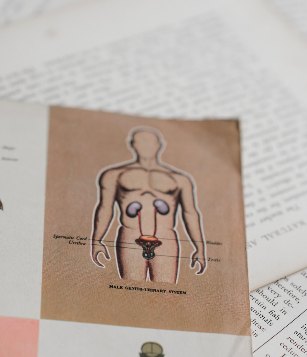This article has been fact-checked by Dr Chong Kian Tai, urologist at Surgi-TEN Specialists, Farrer Park Hospital, Singapore.
About the Doctor
Diagnosing prostate cancer. Prostate cancer is the second-most common cancer among Singaporean men, and those who are over 50 years old should go for a check-up to determine their risk of having or developing the disease. From a simple blood test to a prostate biopsy, the following are some ways that doctors diagnose and identify the spread of prostate cancer.
Follow us on WhatsApp for the latest updates: https://bit.ly/AsiaMDWhatsAppEN
Digital rectal examination
This is a quick and easy way for doctors to check for abnormalities in the prostate that may indicate prostate cancer. During the examination, the doctor inserts a gloved and lubricated finger into the rectum and feels the prostate for hard or lumpy areas. This procedure usually lasts for less than a minute and should not cause any pain, although it may be uncomfortable.
Prostate-specific antigen (PSA) test
This blood test measures the amount of a PSA produced by both normal and malignant prostate cells. The higher the PSA level, the higher the chance that a man may have or develop prostate cancer, although other conditions, such as an inflamed prostate, can also lead to elevated PSA levels. Further tests will be done to establish the cause if a man has an unusually high PSA level in his blood.
Ultrasound-guided prostate biopsy
If a digital rectal examination or PSA test uncovers any cause for concern, the doctor may order an ultrasound-guided prostate biopsy to confirm the presence or absence of prostate cancer. During the biopsy, an ultrasound probe is inserted into the rectum to guide the doctor, who will use a thin needle to take a small tissue sample from the prostate. While a prostate biopsy may sound painful, it typically causes only brief discomfort because of the use of local anaesthetic and a spring-loaded needle.
Magnetic resonance imaging (MRI) scans
An MRI scan of the prostate can also be done before the prostate biopsy to improve its accuracy and limit the need for repeat biopsies. This is called an MRI-ultrasound fusion biopsy. If a man has prostate cancer, an MRI scan of the pelvis can identify the extent of the cancer, and if it has spread beyond the prostate, for instance into the seminal vesicles or lymph nodes. This is crucial in planning treatment.
Bone scan
A bone scan is used to detect if the prostate cancer has spread to the bone, which will influence the cancer treatment. For this scan, a small and safe amount of radioactive dye is injected into a vein and allowed to work its way through the body for two to four hours. The dye settles in the bone and shows up as dark spots when the doctor uses a special camera to scan the bones. The scan is as safe as conventional X-rays.





















